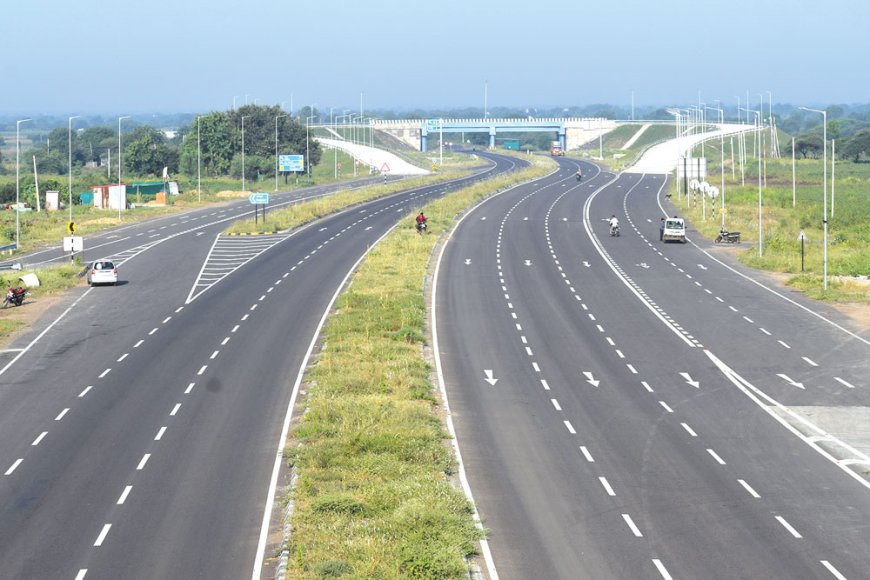Driving sustainability: innovative road construction using waste plastic

The road pavement consists of base course and wearing course as top layers. These layers are made with hot bituminous mixes and blended with shredded waste plastic derived from LDPE (low density polyethylene) sources such as ‘carry bags’, ‘milk pouches’, etc. The wearing course viz., bituminous concrete, is produced with shredded waste plastic from the hot bituminous mixing plant and is laid using pavers. Currently, this methodology has been employed for laying trial stretches on service roads of highways to assess performance.
Usage in India
Four to six selected companies involved in selected packages of the Mumbai-Nagpur Samruddhi Expressway and projects under the Bharatmala programme have been assigned to build part lengths of the service roads using this technology.
Current status of this technology
The performance of the road layer using this technology is still under observation and evaluation post which the perceived enhancement in the wearing course life will be determined. Presently, the cost of production is higher than the regular method, making it unaffordable for mass rollout. Additionally, the usage of this technology reduces the rated production capacity of the mixing plant due to an increase in mixing time to melt and suspend the waste plastic in the mix. However, L&T is committed to sustainability and is researching ways to make this process more affordable for widespread use.
Projects where plastic roads were built using this technology
This technology was initially implemented as pilot project at the Karodi-Aurangabad road project in Maharashtra and the Mukkola-Kanyakumari road project in Kerala. Subsequently, we have done the trial project at the Mumbai Nagpur Expressway Project (MNEP), MSRDC project. We have laid a total of about 10 km of 2-lane service roads using this technology. In all the projects where this initiative has been implemented, it is on a trial basis, and the performance is continually monitored and evaluated.
Raw material sourcing
There are a few companies in major cities in India that supply waste plastic by collecting, sorting, and shredding the waste plastic to the required size. We have been researching this subject for a while. Our endeavour to build sustainable roads using industrial by-products led to this technology.
The technological process
Plastic waste such as PET bottles, carry bags and milk pouches are collected from various industries and rag pickers, sorted out and passed through a shredder into 2-3 mm size. This shredded waste-plastic is added to the mixing pug-mill of the hot mix plant and mixed with the hot aggregate for about 10-12 seconds. This melted waste-plastic (polyethylene) is coated on the aggregate first and then with hot bitumen. The pores of the aggregate that are water prone during the life cycle of the pavement and bitumen’s affinity to get stripped off the aggregate in the presence of water is mitigated which increases the life of the pavement.

S V Desai,












